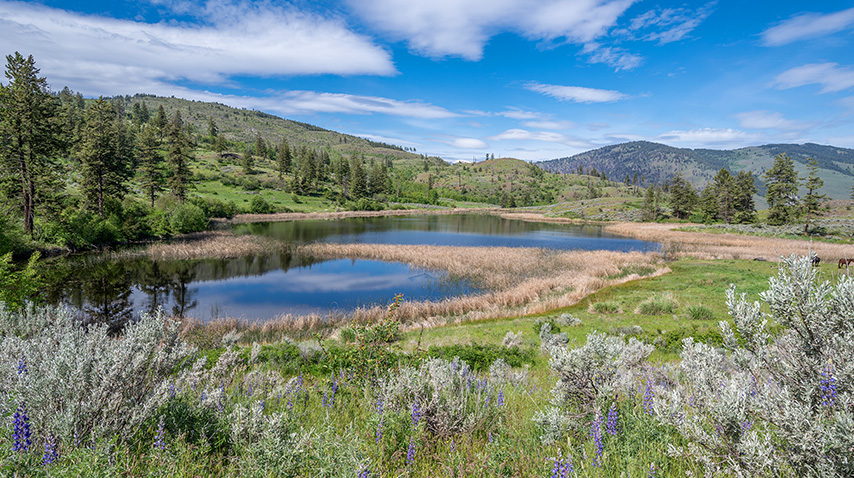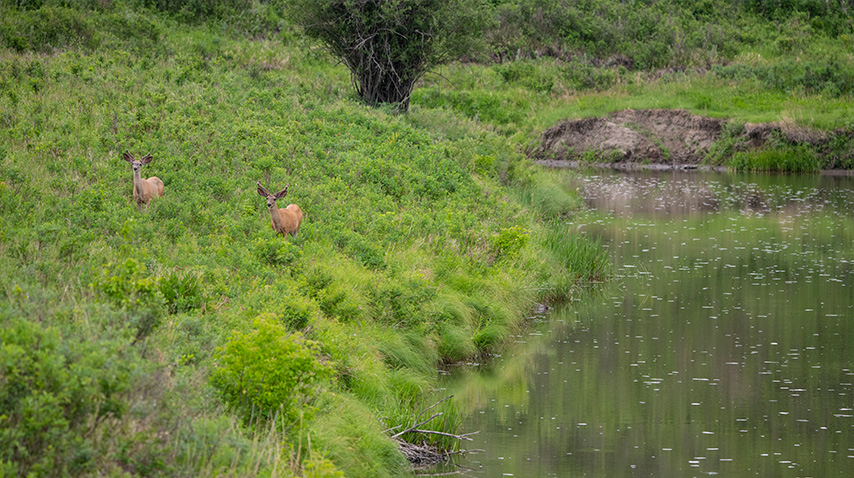The Mount Edziza Conservancy encompasses 3,500 hectares of spectacular low-lying forest, alpine meadows, wetlands and lakes to the east of Mount Edziza. The area includes the headwaters of an important tributary to the Stikine River system, one of North America’s largest and most intact wild salmon watersheds.
This area is rich in wildlife; moose, caribou, mountain goats and stone sheep roam here. And the land supports habitat for at least 11 species at risk, including olive-sided flycatcher, grizzly bear and wolverine.
The Tahltan Central Government, Province of BC, Skeena Resources Limited, the Nature Conservancy of Canada (NCC) and BC Parks Foundation worked in partnership to create the Mount Edziza Conservancy, which is managed by BC Parks.
NCC acknowledges that the Tahltan have cared for the natural areas, plants and wildlife that have sustained them for millennia. The creation of the conservancy in Tahltan territory represents the first step in the multi-year Tahltan Stewardship Initiative, which aims to bring greater self-determination to the Tahltan Nation and support their land stewardship goals.



